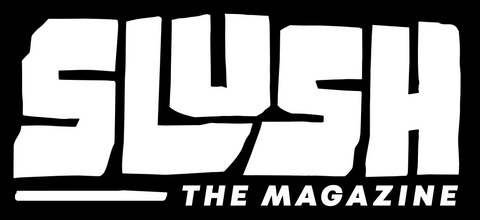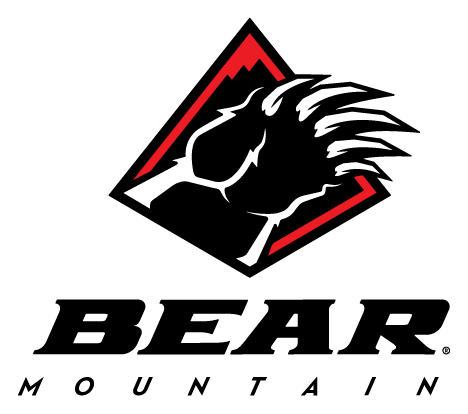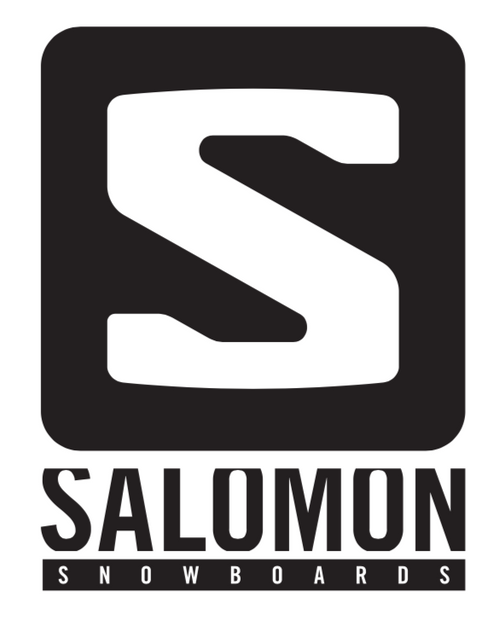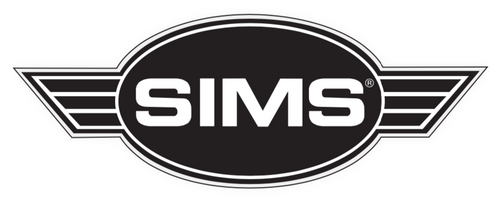Jeremy took a break from the boot pack to reveal to Slush the process and benefits of Re-Up Technology in greater detail.

Re-Up Technology is just the latest chapter in your advocacy for more eco-conscious practices within the snowboarding industry. Your endeavors actually began with your signature gear at Rossignol right?
I definitely went with no ink or limited ink on my models and recycled edges have been around for a while. I've always gravitated to recycled products wherever I could. Re-Up Technology wasn't something that just fell onto our lap. We've been working on it since the start of Jones in the sense of trying to limit the use of virgin materials in our products. Outerwear is a little bit further along in the sense that we're virtually a hundred percent recycled but everyone always hears that term. What it means is that we aren’t producing new materials to create new fabrics. We're taking what's already on the planet and refurbishing it back into new fabrics. That's the thing we're doing with the boards. People get caught up on the term “recycled” but I like to think about it a little bit deeper than that.
Can you describe the development journey of Re-Up Technology?
To be clear we still have a long way to go but it has been a goal from the beginning. Right out of the gate it was recycled sidewalls, recycled edges, getting rid of oil-based inks, all of those things. We got our material layups great but we kind of hit a wall once we recognized that there was no end of life of a snowboard. This circular economy has really been a dream for 10 years, if not more. Cradle to Cradle was a book that came out a while ago and the ideas in that book are the ultimate goal.
Xavier Nidecker and our manufacturing partner led the way. One of the ideas was that we could de-assemble a board by placing it in liquid. That ended up being a dead end. How Xavier ended up cracking the code by taking the existing end-of-life components to create a new type of material rather than simply recycling the deconstructed pieces. We ended up with Re-Up Technology where we can take any used snowboard, break it down, and implement those upcycled ingredients into a brand-new deck which achieves the goal of reducing virgin materials.

I understand that you are able to up-cycle 95% of a board and reuse all of those materials.
That's correct. We pop the inserts off and they get melted down and made into new inserts. The edges also get popped off and then turned back into metal. In some instances the materials don’t go back into a snowboard but the materials definitely achieves an afterlife. What’s really exciting is that the materials that emerge from this process which go back into the layup actually create better snowboards! We're able to take existing cores that are extremely dense, damp, and strong, flip them sideways, and replace carbon stringers in new boards. Then we can also slice these existing cores really thin and place them in high-vibration locations like the nose or under the bindings, places where you want a strong, powerful, compact, and light material.
You’re debuting Re-Up Technology in the Hovercraft 2.0 which is a revamping of one of your most iconic models. For the Hovercraft faithful, how will the 2.0 ride differently?
The 2.0 is a full redesign. It utilizes our latest technology and shape concepts, it has more spoon in the nose. There is also a channel bottom which comes from the hydrodynamics of surfing where if you give say liquid, which snow is frozen liquid, a place to go, it actually makes for a faster glide. The board's a little bit wider, and the overall feel is just more maneuverable, but when you put it on edge, it wants to make long turns. It definitely floats better than the previous hovercraft. All of that combined is a modernizing of the Hovercraft. On snow it really feels like you're riding a board from the future.
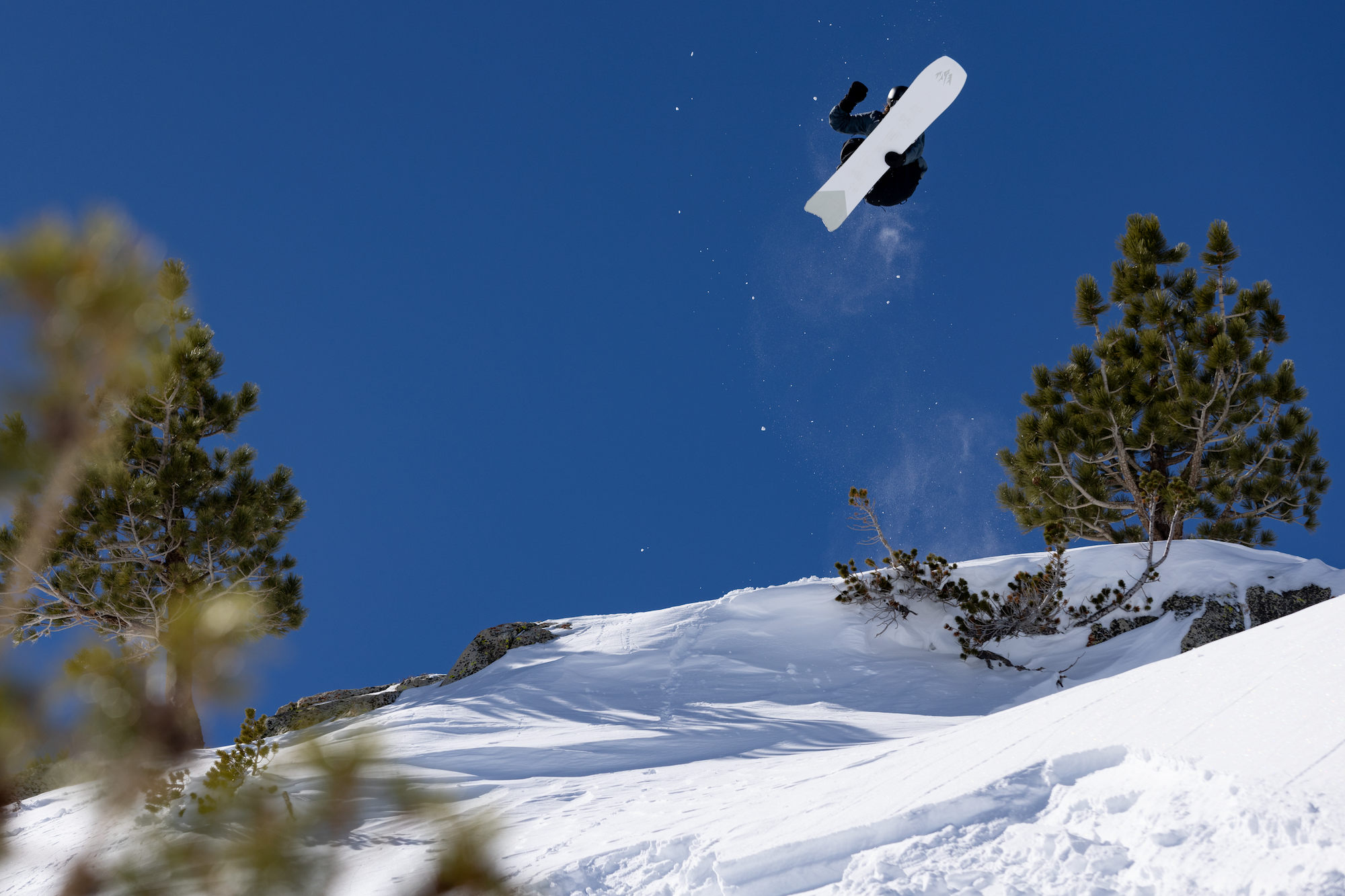
What’s next for Re-Up Technology?
There's roughly a million snowboards a year being made. There could be at least twenty times that many ski’s being made if not more. The reality is the end-of-life story of these products isn’t pretty. A lot of old snowboards and skis are burned. You can imagine how toxic the smoke from that is. Even keeping any unused gear out of landfills is a huge carbon reduction win. Frankly, what’s holding us back from doing more with Re-Up Technology is the process of gathering the used snowboards.
To get these used boards Jones is offering a financial incentive where people bring their old setups to your dealers or send the deck directly to Jones for a credit.
When we first went down this road, we thought we were going to end up getting a lot of boards that we felt could be tuned, and put back into on the slopes because that is our goal. You want good snowboards to stay being ridden, not in the trash. To our surprise, 99% of the boards that we are collecting are clearly at the end of their life.
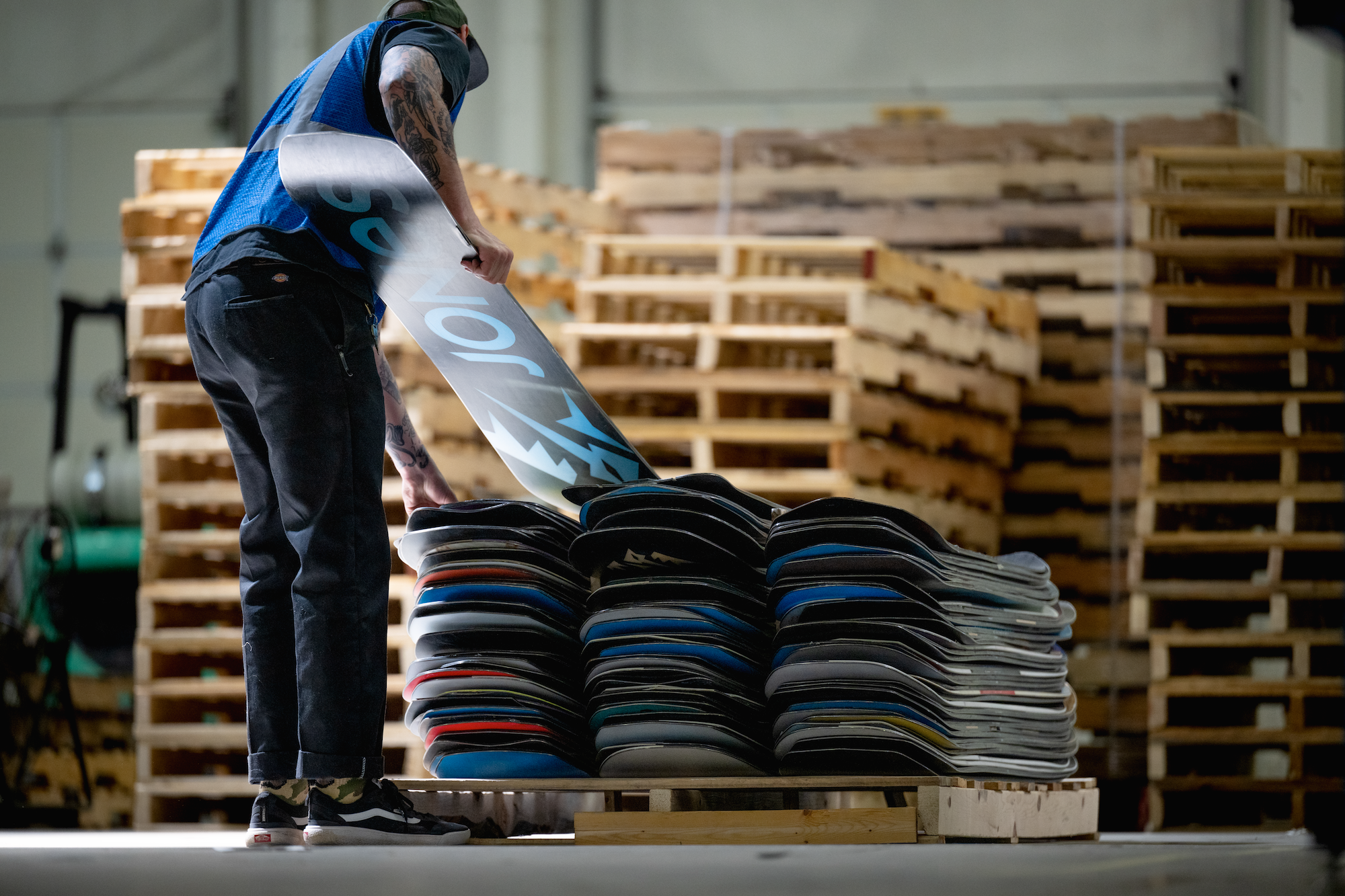
Knowing your altruistic side, I'd imagine you guys would want this to be adopted by other snowboard manufacturers.


